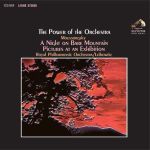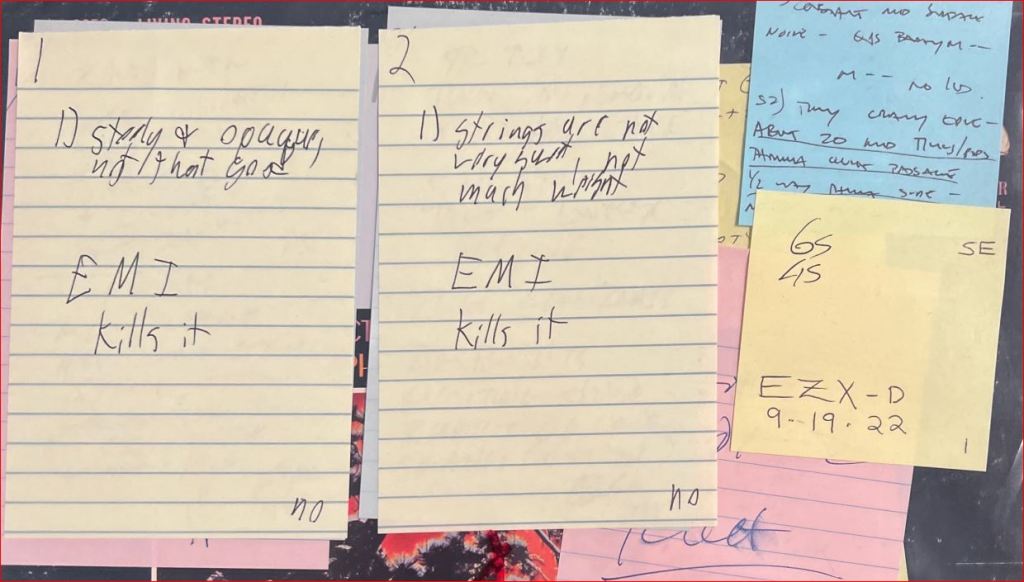
Hot Stamper Pressings of Living Stereo Recordings Available Now
More on Mussorgsky’s (and Ravel’s) Masterpiece – Pictures at an Exhibition
In 2007, we wrote the following review for The Power of the Orchestra, VCS 2659:
DEMO DISC QUALITY ORCHESTRAL SOUND like you will not believe. We put two top copies together to bring you the ultimate-sounding Pictures At An Exhibition. Folks, it doesn’t get any better than this for huge orchestral dynamics and energy.
I confess I badly misjudged this record over the course of the last few years. I remember liking it in the early ’90s; at that time it was the only Golden Age recording of Pictures whose performance moved me. I never liked the famous Reiner, LSC 2201, and Ansermet’s performance on London also lacks drive and coherency in my opinion.
I then went on to extoll the many virtues of the recording, making special mention of the brass, dynamics and bass, which you can read about here.
More recently we played a copy of VCS 2659 in one of our regular Pictures at an Exhibition shootouts and were not the least bit impressed by it.
Side One:
Steely and opaque, not that good.
Side Two:
Strings are not very [unintelligible], not much weight.
In other words, it just sounded like an old record.
The world is full of old records. It’s why we are in business. We sell old records, sure, but ours sound good, and, more often than not, amazingly good, better than any pressings you’ve ever heard.
In both cases, the EMI with Muti “kills it.”

Were we wrong years ago? Hard to say. That copy from 2007 is long gone.
Are 6s/4s especially bad stampers, and others might be superior? That is certainly possible.
The following three things should be kept in mind when a pressing doesn’t sound like we remember it did, or think it should:
- Our standards are quite a bit higher now, having spent decades critically listening to vintage classical pressings by the hundreds.
- Our stereo is dramatically more revealing and more accurate than it used to be.
- Since no two records sound the same, maybe the one from long ago actually did sound as good as we thought at the time.
With all of the above considered, the current consensus is that The Power of the Orchestra is very unlikely to be as good a record as we used to think it was. It’s also unlikely we would ever buy another one at anything but a bargain price.
Looking at the big picture, this is probably an example of a record we got wrong.
2007 was a long time ago. It was the year we made many breakthroughs. In fact, we made more breakthroughs in that year than in any other in the history of the company, including this singularly important break with the past.
However, if tomorrow we run into a copy of the album that sounds amazing, with different stampers, or even the same stampers, then all of the above is thrown into the cocked hat that is the reality of the record world: pressing variability.




 More of the Music of Peter Gabriel
More of the Music of Peter Gabriel




